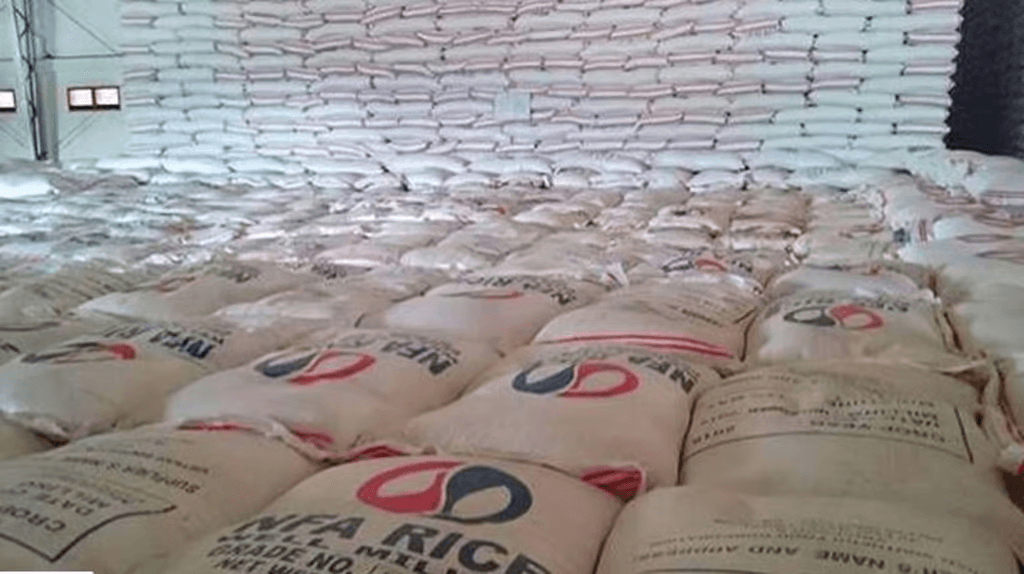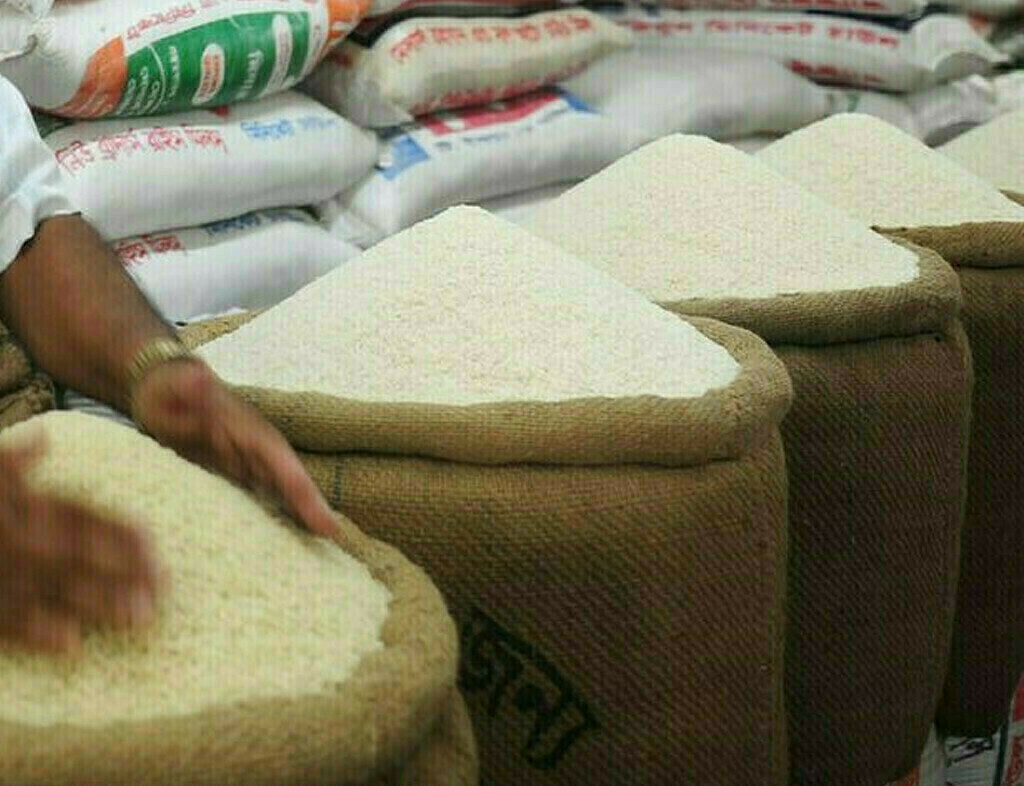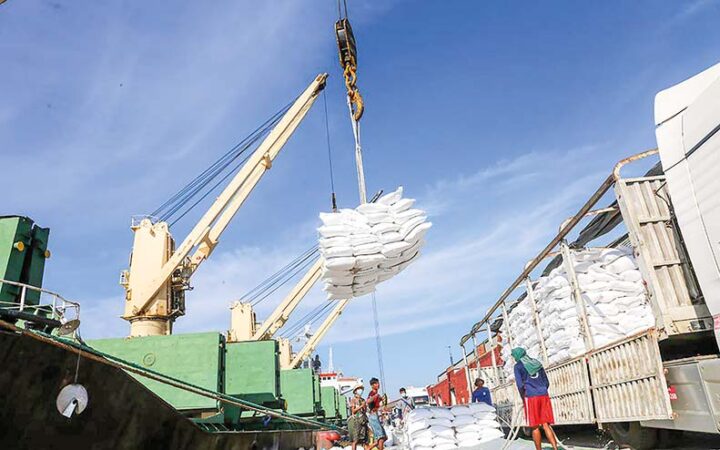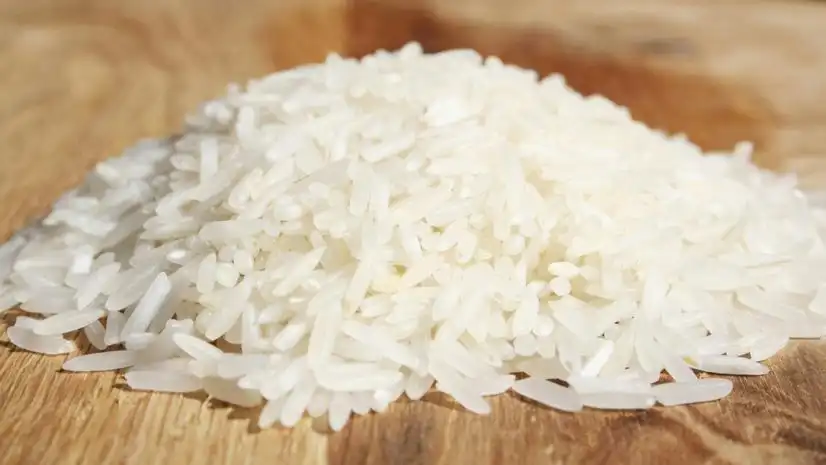Tags
CoA flags NFA rice buffer stock deficiency
Audit findings showed that of the required optimum level of 300,000 metric tons of a national rice buffer stock.

Edjen Oliquino
The National Food Authority (NFA) again failed to meet the rice buffer stock target in 2023, despite receiving a substantial P9 billion
government subsidy, the Commission on Audit (CoA) revealed. This has raised concerns about the NFA’s ability to ensure food security.
Audit findings showed that of the required optimum level of 300,000 metric tons (MT) of a national rice buffer stock, representing nine days’ worth of the average daily consumption requirement (DCR), the NFA’s monthly stock average was only 71,486 MT, equivalent to only 2.10 days of the DCR.
State auditors noted this was the second consecutive year the NFA did not meet the 300,000 MT target set by the NFA Council in February 2021, after it flagged the same in 2022 when the NFA’s buffer stock was only at 111,000 to 182,000 MT.
The law mandates the NFA to ensure food security by maintaining an optimal level of a rice buffer stock, with the palay sourced from local farmers.
A buffer stock refers to the optimal level of rice inventory that shall be maintained at any given time to be used for emergencies and to sustain the government’s disaster relief programs during calamities.
Under the P5.3-trillion national budget in 2023, the government allotted P9 billion to the NFA to supplement the budget for the buffer stock program. The fund was intended for the procurement of 495,000 MT of palay given that only 78,419 MT was procured during the year.
“However, the annual report of the NFA for 2023 showed that the required buffer stock equivalent to nine days of the average DCR of 33,983.5 MT was not achieved the whole year round,” the audit body pointed out.
A review of the agency’s annual report showed that despite the hefty P9 billion subsidy, the NFA only disbursed P1.492 billion to purchase 1,568,379 bags (78,419 MT) of palay, or 15.84 percent of the targeted 9,900,000 bags of palay (495,000 MT) last year.
In addition, the CoA noted that the rice inventory levels, ranging from 43,635 MT to 104,788 MT, were sufficient for only 1.28 to 3.08 days, falling short of the required buffer stock. On average, the NFA maintained a rice inventory of 71,486 MT, enough to last just 2.10 days.
“The issue [of] the inability of the NFA to maintain the optimum level of a national rice buffer stock requirement of 300,000 MT at any given time, if not promptly addressed, poses [a] risk that the agency might not be able to fulfill its mandated role to ensure food security,” the CoA warned.
The NFA attributed its low palay procurement to several factors, including stiff competition and aggressive practices by private traders, quality issues with the palay, a lack of post-harvest facilities, and a high demand for rice from major rice importing countries, among others.
Nevertheless, the NFA has committed to exert “all efforts” to sufficiently maintain the required 300,000 MT rice buffer stock.
The CoA, however, said it will keep a close eye on the NFA this year and in subsequent audits.
https://tribune.net.ph/2024/12/17/coa-flags-nfa-rice-buffer-stock-deficiencyPublished Date: December 18, 2024






